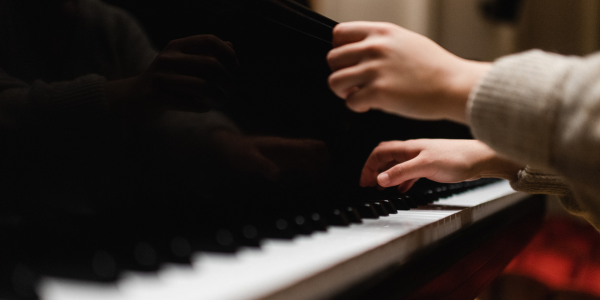
1. Manuel Ponce was the earliest internationally successful Mexican composer of classical music.
The Mexican composer Manuel María Ponce Cuéllar was musically active in the first half of the 20th century. The European-influenced Ponce was the earliest internationally successful Mexican composer of classical music. A prolific composer, Manuel Ponce wrote orchestral suites and symphonic poems; three concertos, one each for piano, guitar and violin; chamber works; and over 400 works for piano.
2. Brazilian composer Chiquinha Gonzaga was a champion of human rights and joined the abolitionist movement that ended slavery in Brazil in 1888.
Gonzaga was a noted pianist of the choro style, a Brazilian genre often marked by its jaunty, fast dance-like rhythms. Her output is comprised of dance music including waltzes, polkas, Brazilian tangos, and gavottes, among others. She was also a champion of human rights and joined the abolitionist movement that ended slavery in Brazil in 1888.
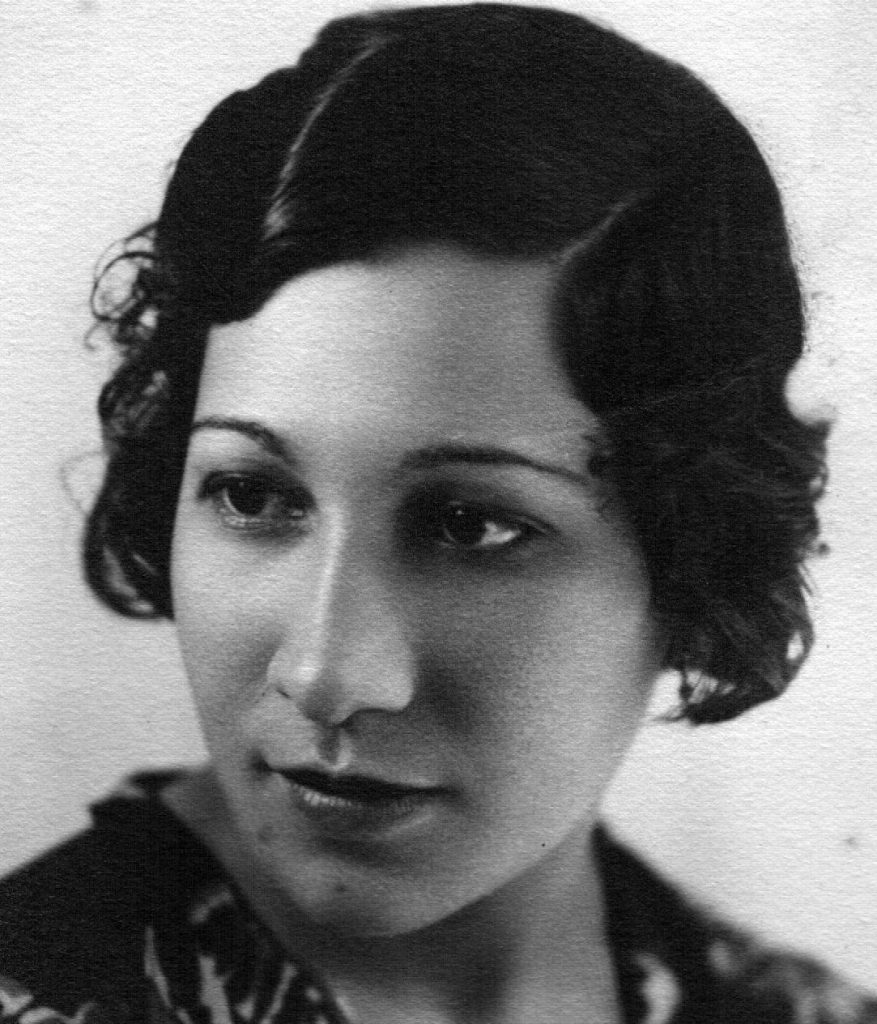
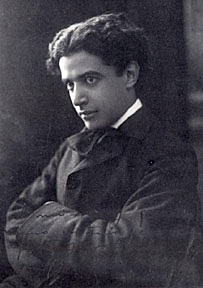
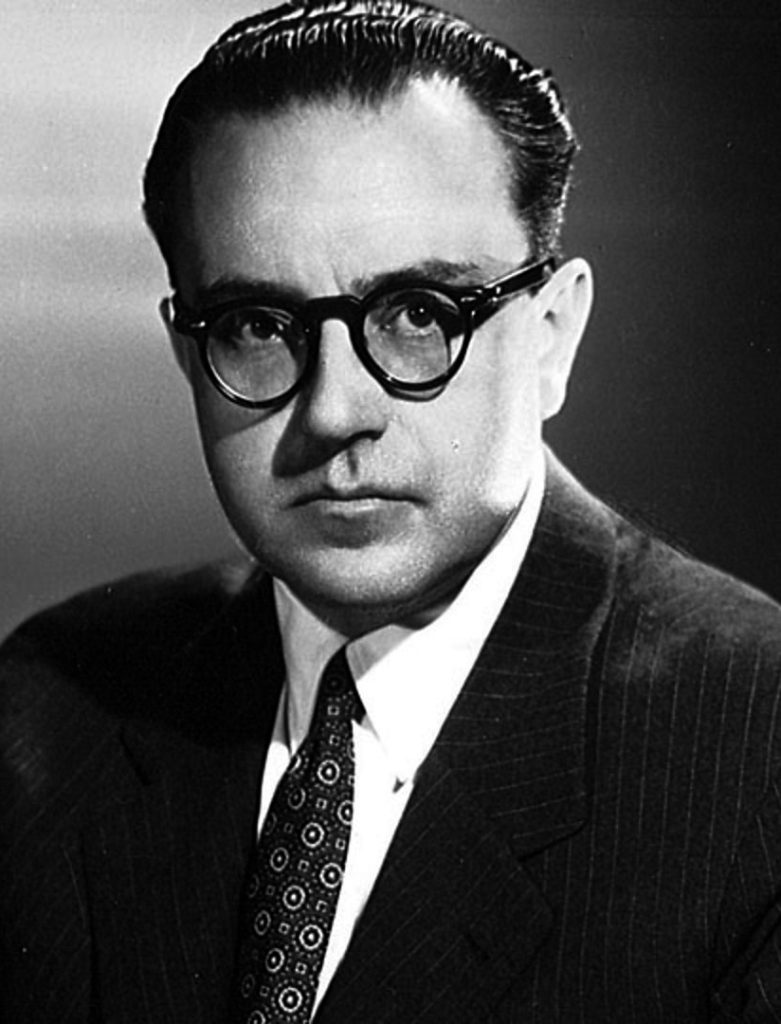
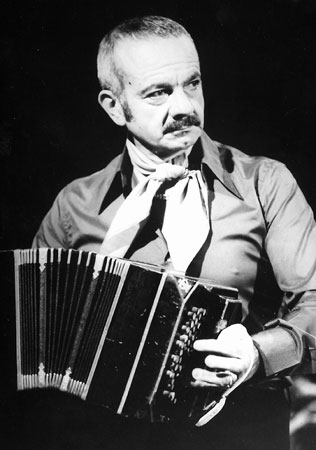

3. Argentine composer Alberto Ginastera studied with Aaron Copland, and his student, Astor Piazzolla, also studied with Nadia Boulanger.
Ginastera was an Argentinian composer of classical music. He is considered to be one of the most important 20th-century classical composers. Many of Ginastera’s works were inspired by the Gauchesco tradition. The gaucho, or landless native horseman of the plains, is a symbol of Argentina.
4. By the young age of 16, Brazilian composer Cacilda Borges Barbosa was working with the famed composer Heitor Villa-Lobos to bring music into elementary education. She was also one of the pioneers of electronic music in Brazil.
Barbosa was a Brazilian composer. By the age of 16, she was working with the famed composer Hector Villa-Lobos to bring music into elementary education. With the help of choreographer, Clara Semeles, they devised a new system of notation that combined musical and rhythmic symbols to graphically represent bodily gestures.
5. Piazzolla was a student of Ginastera as well as famed pedagogue Nadia Boulanger, who urged him to continue to compose in his distinct style.
Piazzolla was a student of Ginastera as well as famed pedagogue Nadia Boulanger, who urged him to continue to compose in his distinct style. Piazzolla was fascinated by tango music and is known for creating a new tango that combined elements of jazz and western classical music.
MORE ON LATIN AMERICAN COMPOSERS
- VIDEO: Ponce: Intermezzo No. 1 by Ricardo de la Torre
- MAGAZINE ARTICLE: Brazilian Dance Music For Intermediate and Early Advanced Students by Ana Paula Machado Simoes
- VIDEO: Ginastera: 12 American Preludes, Op.12 by Alejandro Cremaschi
- MAGAZINE ARTICLE: 2021 Collegiate Writing Contest Winner: Uncovering Teresa Carreño: Virtuoso, Composer, and Pioneer by Grace Thompson
- MAGAZINE ARTICLE: Gabriela Montero: From Advocacy to Artistry by Luis Sanchez